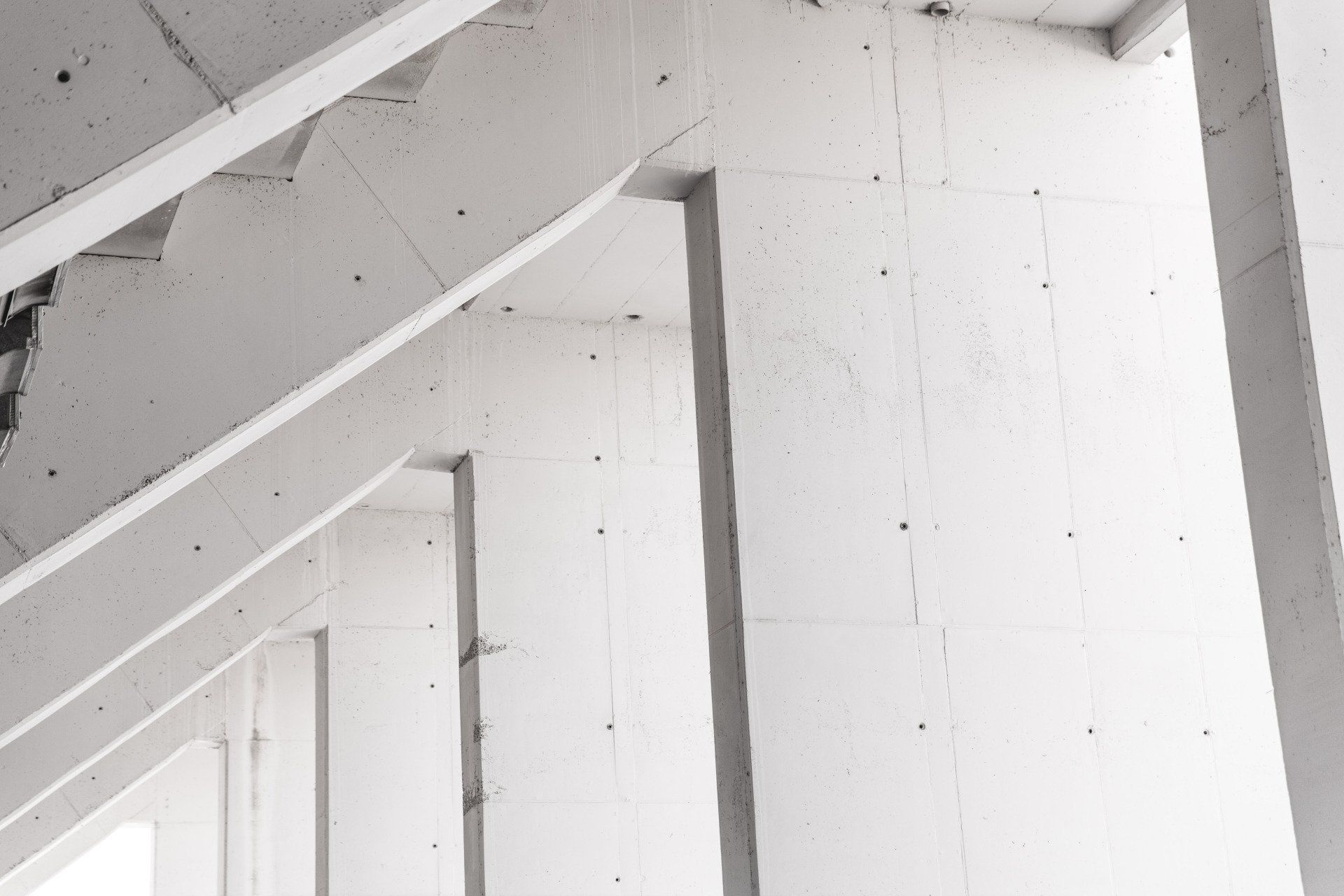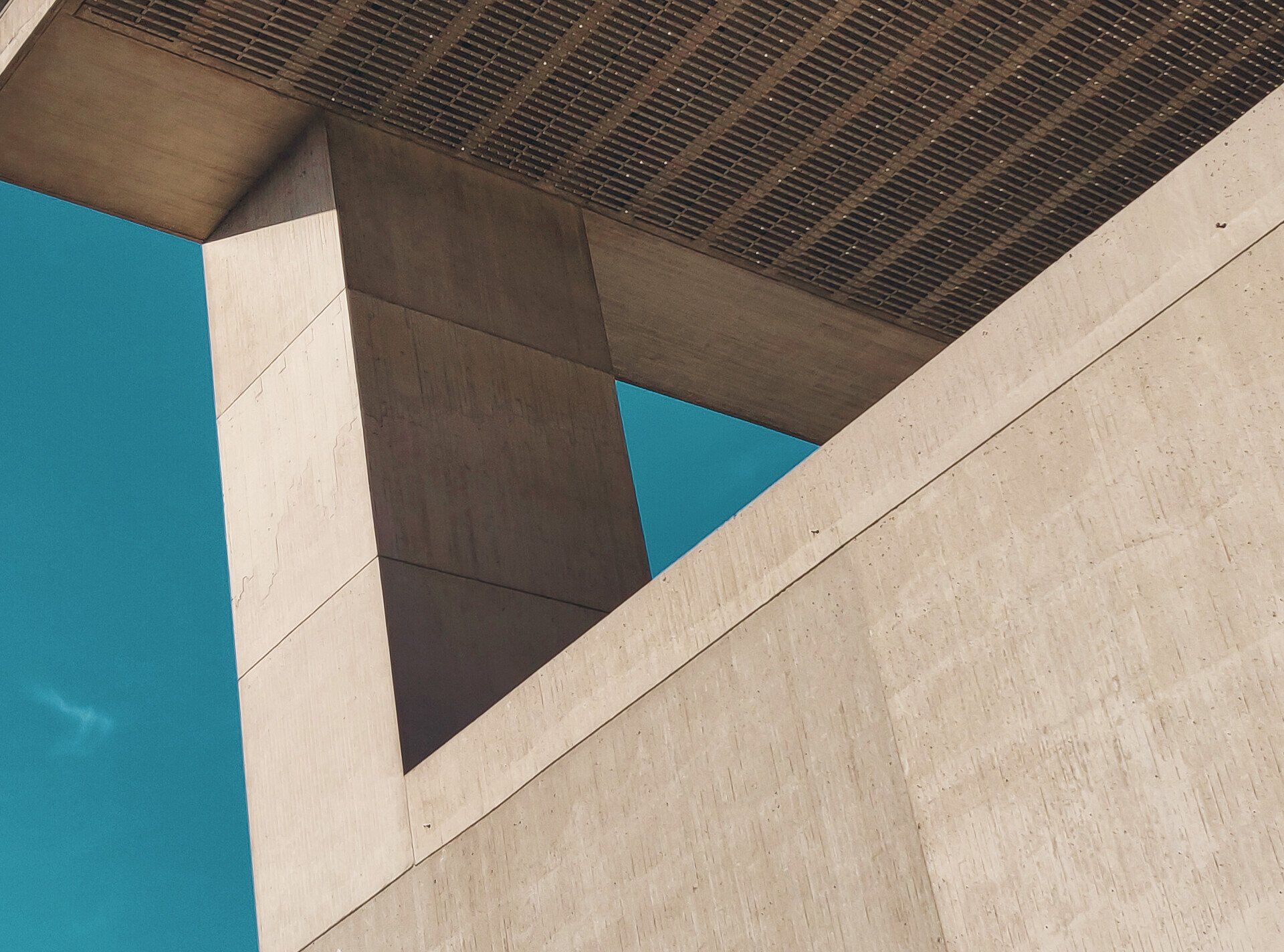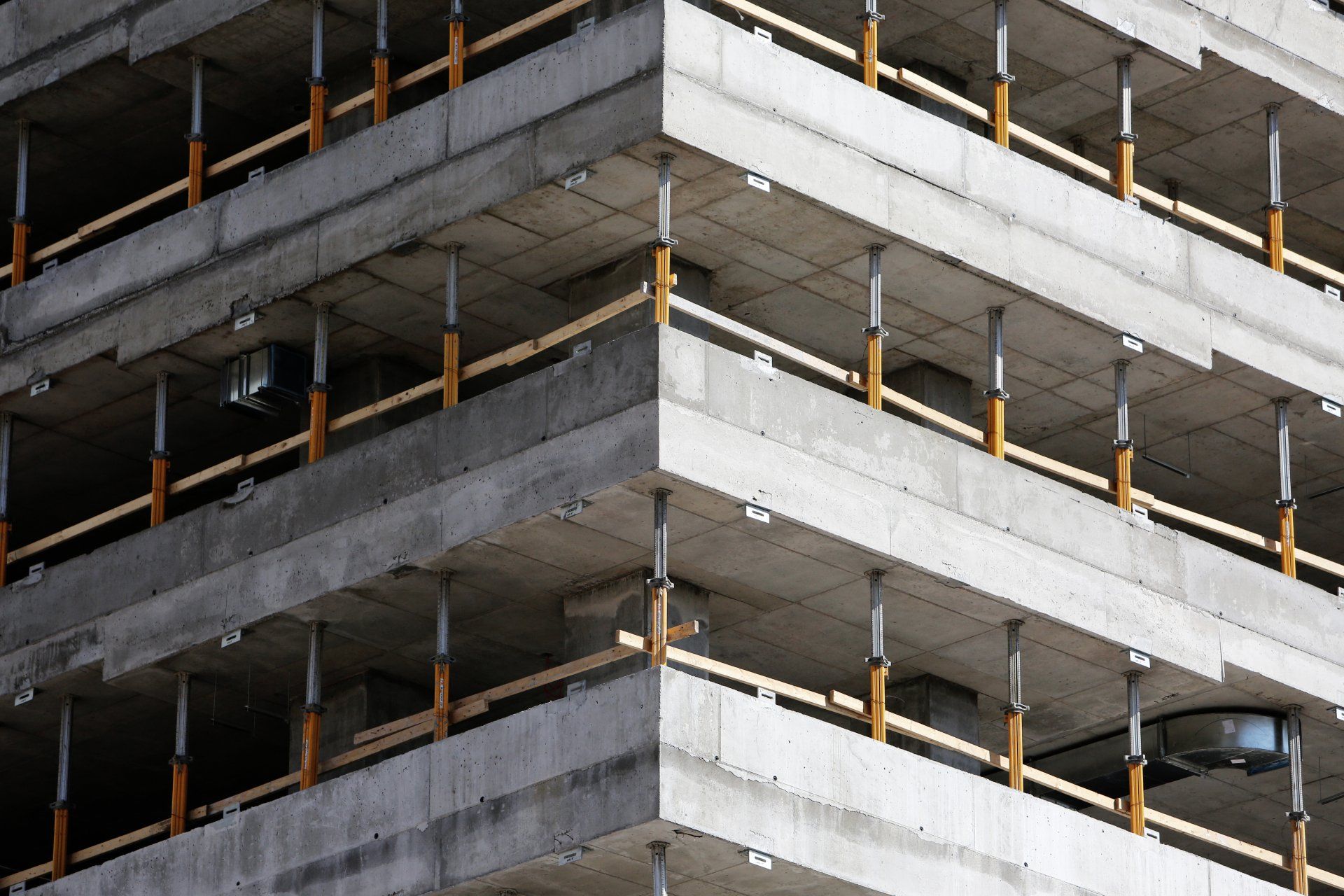The Cure Time of Concrete
Curing Concrete
Used everywhere in the world in every type of construction and known for its strength, durability, and longevity, is concrete. When freshly poured, concrete undergoes a chemical reaction called curing, which is crucial for achieving its desired properties. Curing is a process that involves the hydration of cement particles, allowing them to bind together and form a solid, hardened mass. While concrete may appear solid shortly after pouring, it takes time for it to fully cure and reach its maximum strength. Let's explore the factors that influence the duration of the concrete curing process.
Initial Setting Time:
After concrete is poured, it goes through an initial setting period, during which it begins to harden and lose its plasticity. This initial setting time typically occurs within the first few hours after placement. During this stage, the concrete is still relatively soft and vulnerable to damage, so it's important to protect it from excessive traffic or loads.
Early Strength Gain:
In the first few days of curing, concrete undergoes rapid strength gain as the hydration process continues. The rate of strength development can vary depending on factors such as the type and composition of the concrete mix, ambient temperature, and curing conditions. During this stage, it's essential to provide optimal curing conditions to promote proper hydration and strength development.
Major Strength Development:
While concrete gains strength quickly in the initial curing period, it takes time for it to reach its maximum strength. The majority of strength development occurs within the first 28 days of curing. During this period, the concrete continues to gain strength as the hydration process progresses and the cementitious materials form stronger bonds.
Long-Term Curing:
Although concrete achieves significant strength within the first month, it continues to undergo a long-term curing process that can extend over several months or even years. This extended curing period allows the concrete to further enhance its durability, resistance to cracking, and long-term performance. Proper curing during this time is crucial to ensure the concrete reaches its full potential.



Factors Affecting Concrete Curing Time:
Ambient Conditions:
The temperature and humidity of the surrounding environment significantly impact the curing time of concrete. Warmer temperatures accelerate the hydration process, promoting faster strength development. Conversely, colder temperatures slow down the curing process, requiring more time for the concrete to achieve its desired strength.
Concrete Mix Design:
The composition of the concrete mix, including the types and proportions of cement, aggregates, admixtures and water content, can influence the curing time. Different types of cement and admixtures have varying hydration characteristics, affecting the rate of strength development and curing duration.
Curing Methods:
Proper curing methods play a key role in ensuring the concrete cures effectively and attains optimal strength. Common curing methods include moist curing, which involves keeping the concrete surface moist by applying water or using wet coverings, and curing compounds that form a protective layer on the concrete surface. Curing methods should be selected based on the specific project requirements and environmental conditions.
Concrete Thickness:
The thickness of the concrete elements can impact the curing time. Thicker sections take longer to cure as the internal portion of the concrete takes longer to hydrate and gain strength. It's essential to consider the concrete thickness when estimating the overall curing time.
Project Specifications:
Project specifications may require specific curing durations based on the intended use or design requirements. Adhering to the recommended curing duration ensures the concrete meets the specified strength and durability standards.
In conclusion, the curing process of concrete is a critical stage that requires time and proper care. While initial setting occurs within hours, the majority of strength development takes place within the first 28 days. However, the concrete continues to cure and gain strength over an extended period.
Factors such as ambient conditions, concrete mix design, curing methods, concrete thickness and project specifications all influence the duration of the concrete curing process. By understanding these factors and implementing proper curing techniques, you can ensure that the concrete reaches its full strength and durability potential.
Patience and adherence to recommended curing times are essential for achieving long-lasting and high-quality concrete structures. So, whether you're constructing a building, a driveway, a stamped patio or a simple sidewalk, allowing sufficient time for the concrete to cure will result in a finished product that stands the test of time.
At
Precision Concrete Contractors, we understand the concrete curing process. You can rest assured that what we pour will cure the correct way. Let us show you what we can do.
Call Us today at (216) 677-1033 for a free quote. You'll be glad you did!
Precision Concrete Contractors
